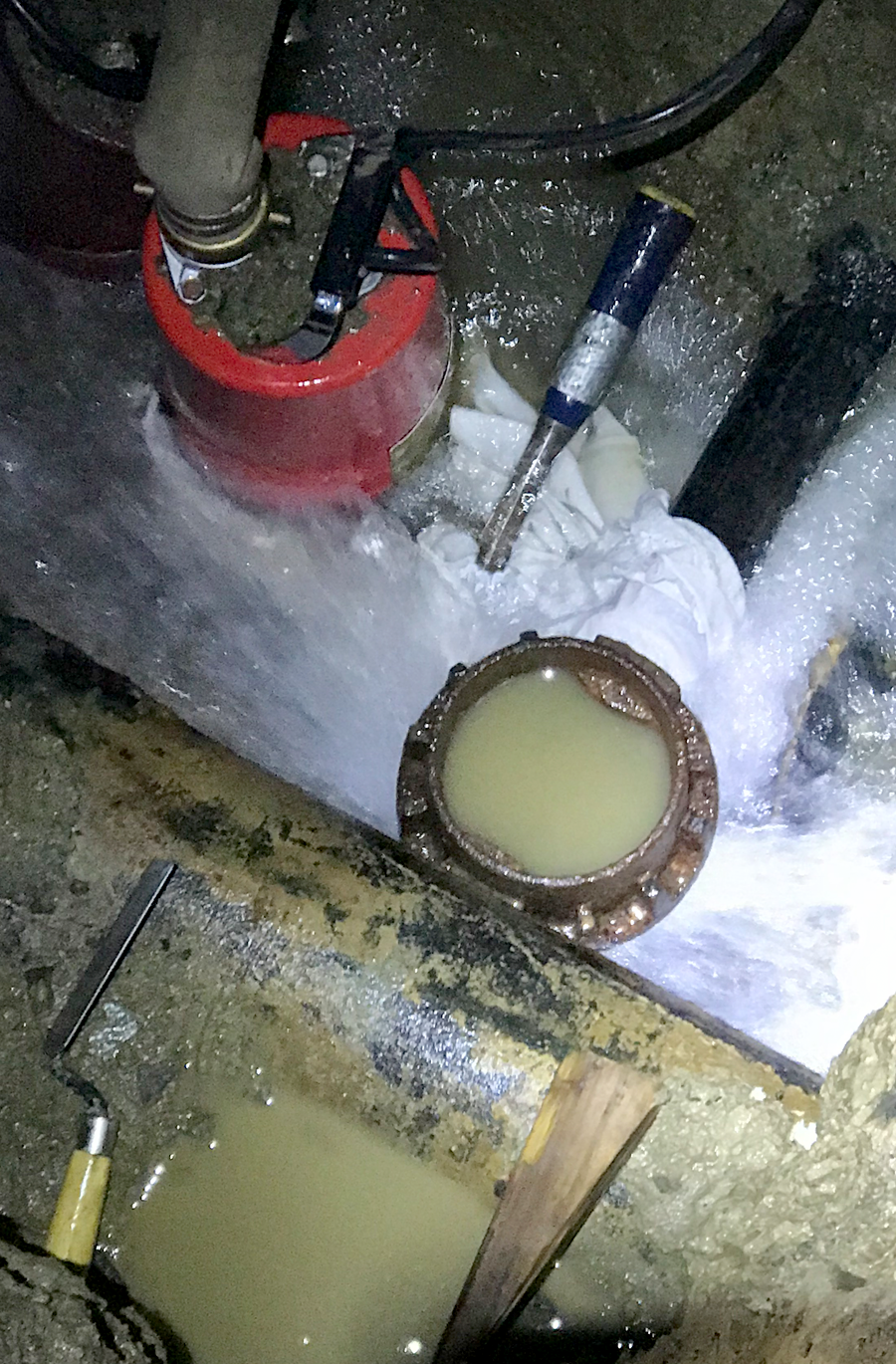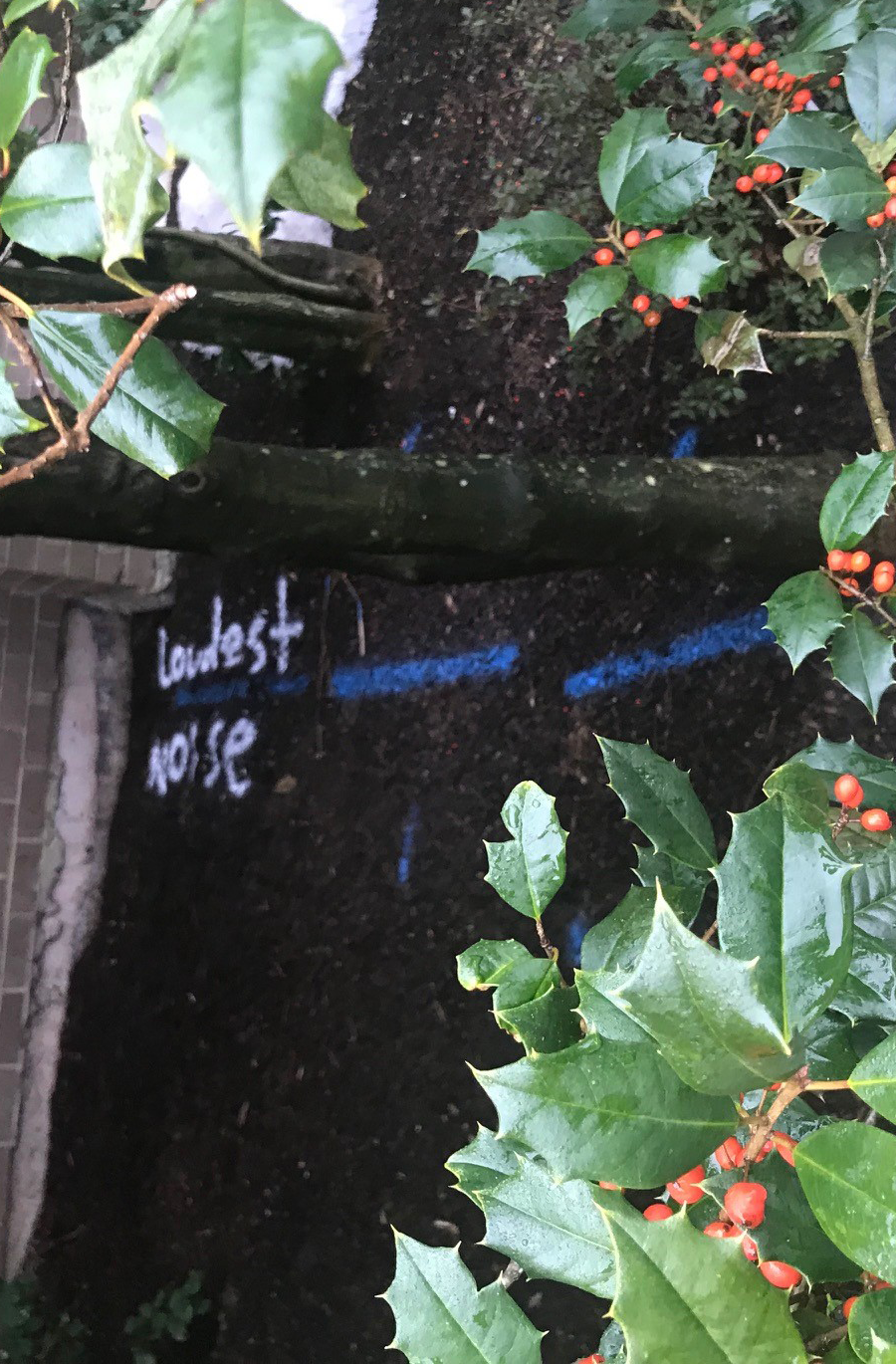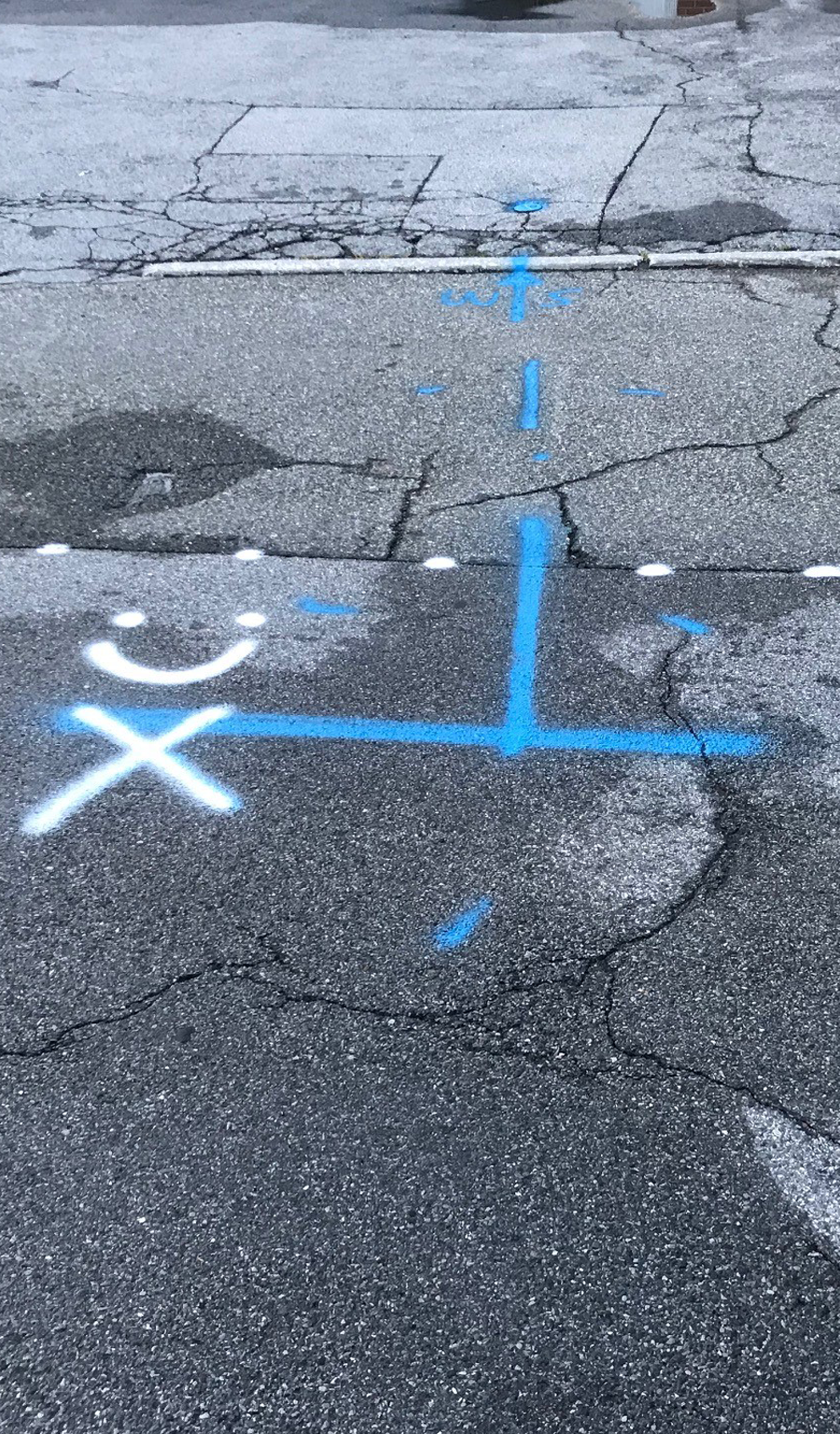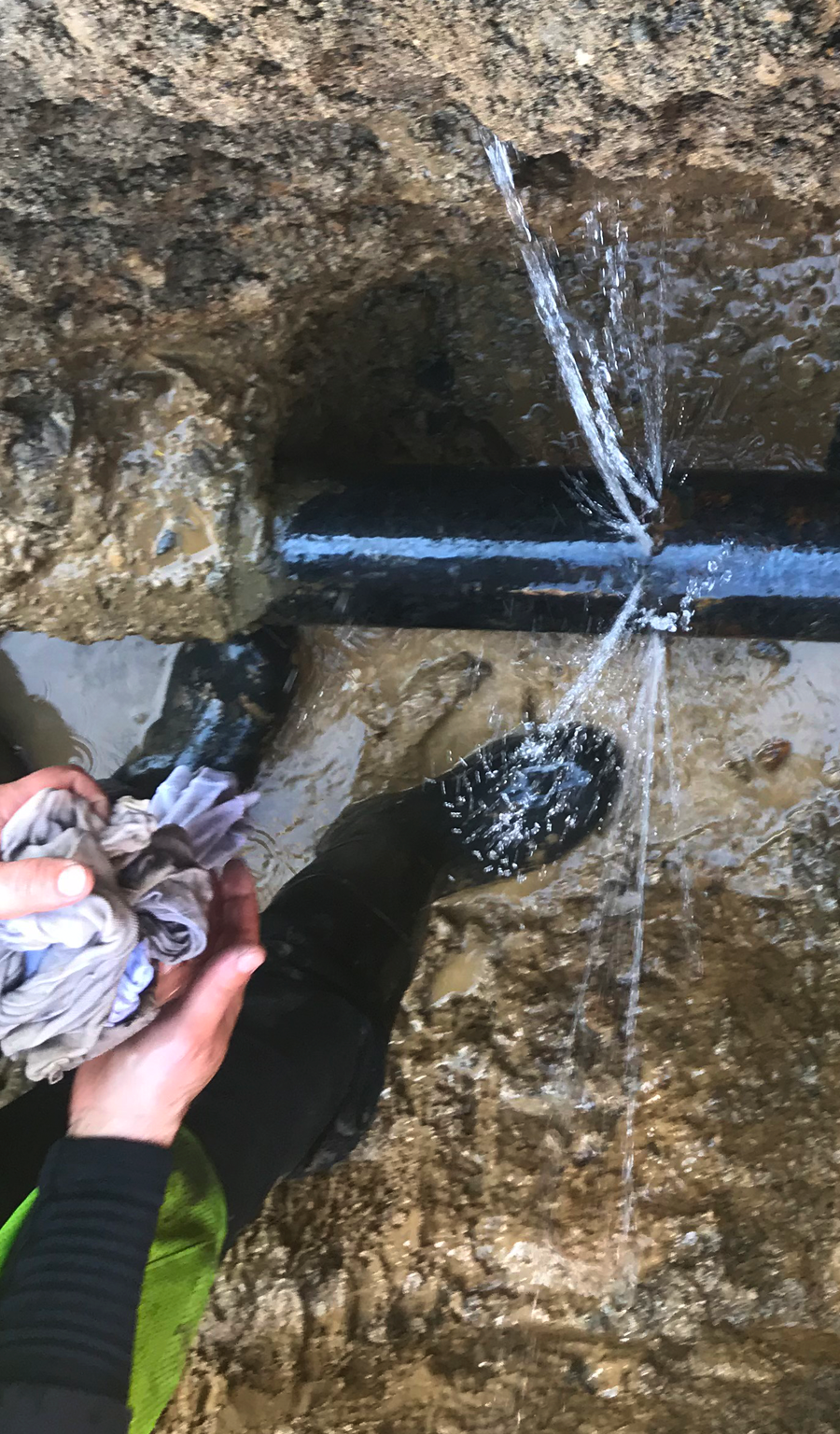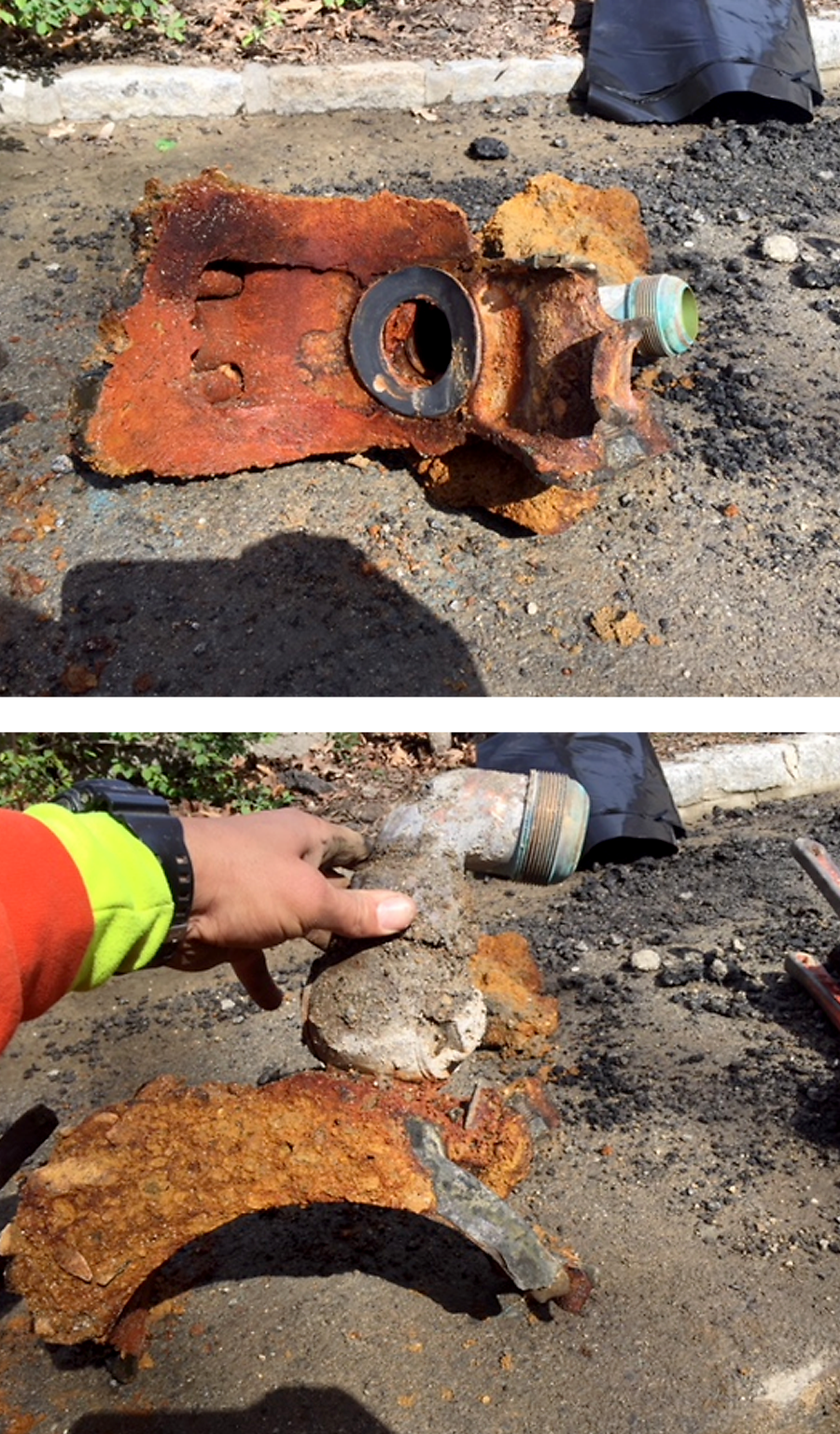Leak surveying can lead to leak investigation: Leak investigation can lead to leak detection!
DEFINITION OF LEAK DETECTION
Leak surveying is a systematic search for leaks within a water main distribution system. While many leaks are detected in the same area when there is clearly water flowing out of the ground (generally 30% of water leaks), our effective leak detection equipment and experience can identify leak sounds before they are visible. This 70% of water leaks can be pinpointed at the precise locations before they are visible.
Though leaks can develop at any time, detection should be an ongoing program rather than a one-time investigation due to noticeable water and sound in the area.
PRINCIPLES AND PROCEDURES OF LEAK DETECTION
For the most part, a water leak on a water main, creates vibrations. This sound can travel an indeterminate distance with the water main. These vibrations, result from the transfer of pressurized energy to the molecules within the wall of the containment structure and are the basis for sonic leak detection. Some water main types absorb more sound than others. SPS uses the up-to-date technical analog, digital and electronic instruments, that help convert vibrations to sound.
Leak investigating needs at least 2 access points. These points are the contact the water main/service lines. The five most commonly used access points are water mains, in-line valves, fire hydrant auxiliary valves, fire hydrants, and curb stop/service lines/meters. Since direct contact with a water main is often impossible (because water mains are normally buried), valves and fire hydrants/auxiliary valve are most often used as access points.
Leak surveying/investigation/detection can be accomplished in multiple phases:
1st PhaseDuring the first phase of any location, we survey for "leak sounds." This is utilizing listening devices on each hydrant. When a sound is heard, this is a potential leak site. Though there are conditions that interferes with the normal flow of water can produce vibrations similar to the vibrations caused by leaks (i.e., high water usage, sprinklers, hydrant flushing, etc.), a full leak investigation is performed.
2nd PhaseDuring the second phase, each location is further investigated. The listening devices are then utilized with the computerized leak correlator that (almost always) pinpoint the exact location of the leak.
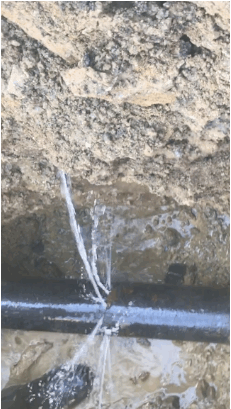
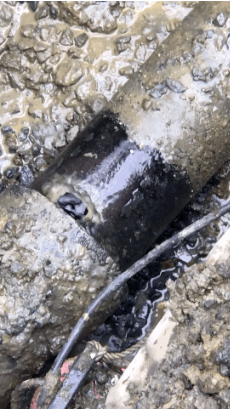
BENEFITS OF A LEAK DETECTION PROGRAM
An effective leak detection program yields many benefits. First and foremost, there is an immediate savings in pumping and treatment (production) costs. Second, leaks discovered during a survey can be scheduled for repair, often eliminating the need to pay overtime wages when the leak results in a "middle of the night or a weekend emergency."
By finding and fixing leaks, you can reduce the level of unaccounted-for water. In the process of our leak detection survey, we can note areas needing minor maintenance before these areas develop into major problems (Are the valves shown on the print located?, Are the new valves on the print?, Are the valves accessible?, Are they filled with dirt/debris?, Do they operate?, etc).
From the standpoint of your water management, a major cause of wasted water can be eliminated.
The American Water Works Association (AWWA) estimates that, nationwide, only 30% of all underground leaks ever come to the surface. Water always follows the path of least resistance. In many areas, leaks that do not surface occur when the path of least resistance leads into a storm drain, culvert, manhole, sewer line, etc.
CONCLUSION
With today's standards, it is important that a leak detection program is performed in your area. With this, it can lead to a greater control of your distribution system. This control will improve system maintenance quality. Leak detection is clearly important in maintaining quality, customer satisfaction and public health standards.

